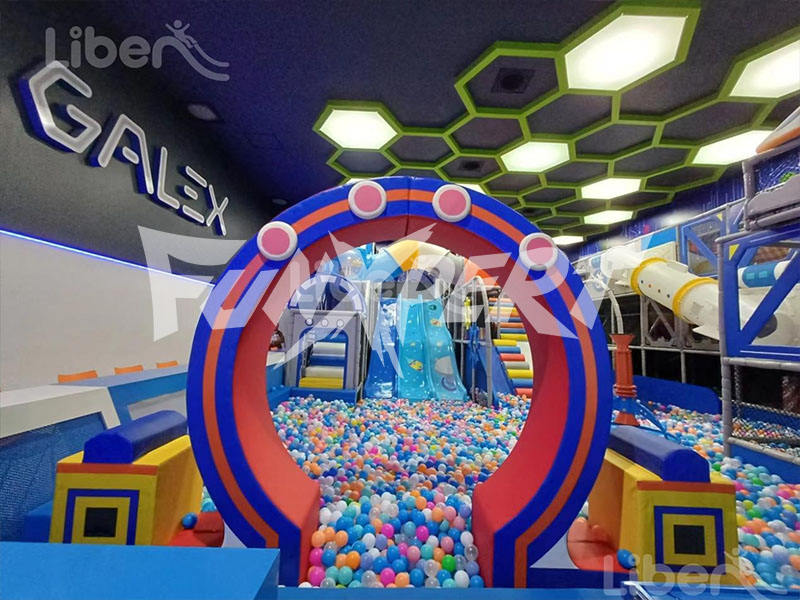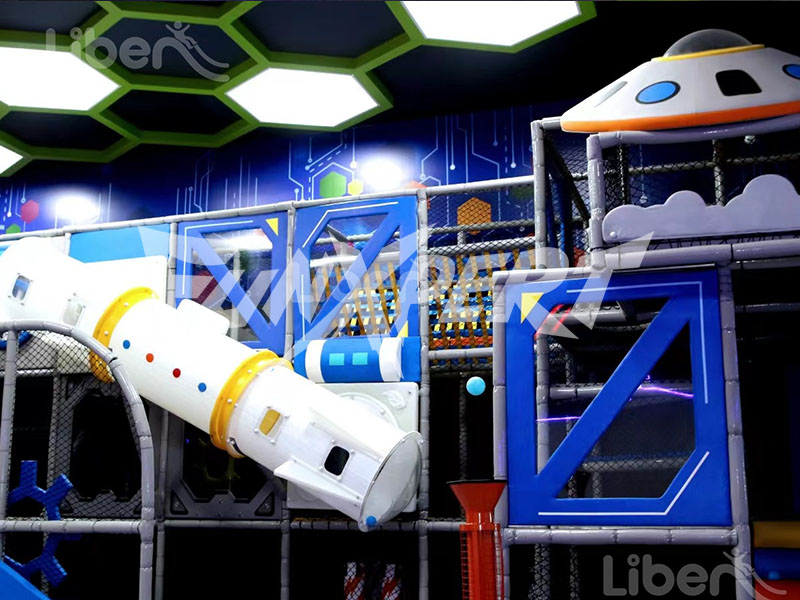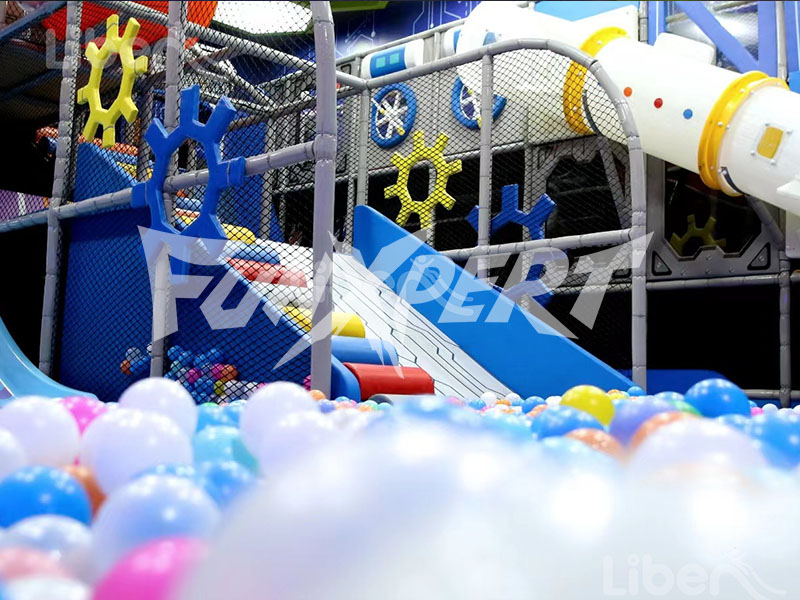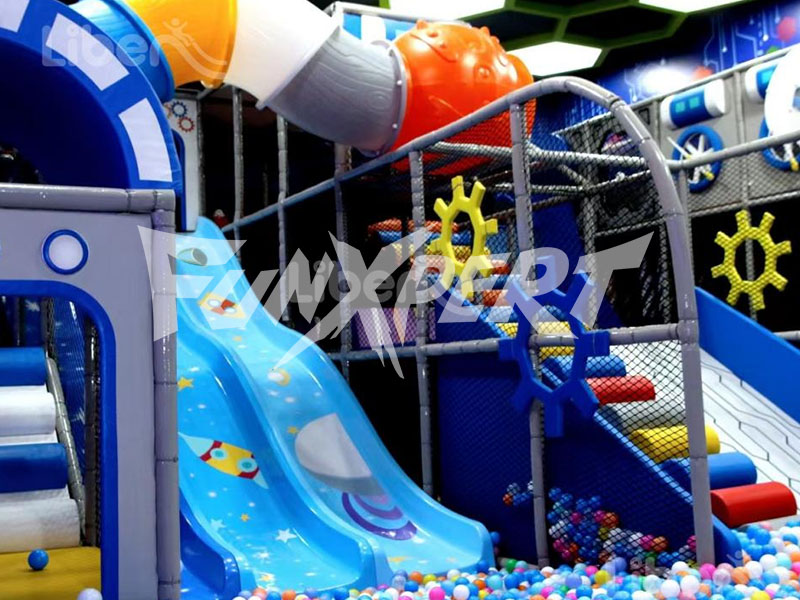How Much Does an Indoor Playground Make Yearly?
The indoor playground industry has grown significantly in recent years, driven by increasing demand for family-friendly entertainment and safe spaces for children to play. While revenue varies widely based on location, size, and business model, a well-managed indoor playground can generate $200,000 to $1 million annually in the United States. Let’s explore the factors influencing profitability and real-world examples.

- Location and Foot Traffic: Urban or suburban areas with high family density tend to perform best. A playground in a shopping mall might attract 100–300 daily visitors, translating to $10,000–$30,000 monthly from admission fees alone ($10–$20 per child).
- Pricing Strategy: Entry fees typically range from $12–$25 per child. Additional income streams include memberships ($50–$150/month), party bookings ($300–$800/event), and café sales.
- Capacity and Hours: A mid-sized playground accommodating 50–100 children simultaneously, open 8–12 hours daily, can earn $3,000–$8,000/day during peak seasons.
Small-Scale Playground: A 3,000 sq ft facility in a midwestern suburb reported $280,000 annual revenue, with 60% from daily admissions and 30% from birthday parties.
Large Franchise Model: Chains like *The Little Gym* or KidZania often exceed $1 million yearly by combining play areas with educational programs and corporate partnerships.

While revenue can be substantial, expenses consume 40–60% of gross income:
Rent/Lease: $4,000–$15,000/month
Staffing: $2,500–$8,000/month (5–10 employees)
Equipment Maintenance/Insurance: $1,000–$3,000/month
Net profit margins typically range from 15% to 35%, meaning a $500,000 gross revenue playground might yield $75,000–$175,000 in annual profit.
Seasonal Trends and ChallengesRevenue often peaks during holidays, weekends, and school breaks. However, operators face challenges like:
High Competition: Differentiation through themes (e.g., STEM-focused play) or premium services (e.g., parental lounges) is critical.
Safety/Liability Risks: Insurance costs can escalate without proper risk management.
Marketing Dependency: Effective social media campaigns (30% of successful businesses allocate $1,500 /month to marketing) are essential to maintain footfall.

The global indoor playground market, valued at $8.2 billion in 2022 (Grand View Research), is projected to grow at 6.8% CAGR through 2030. Hybrid models combining play areas with coworking spaces for parents or tutoring services show particular promise.
ConclusionAn indoor playground’s earnings depend on strategic location, diversified revenue streams, and efficient cost control. While startup costs range from $150,000–$500,000, successful operators can achieve ROI within 2–4 years. Those adapting to trends like sensory-friendly hours or subscription-based access are best positioned to thrive in this dynamic industry.

Liben Group combines engineering precision, child-safe design, and scalable creativity—key factors driving its 40% year-on-year growth. With over 200 installations worldwide, the company is redefining how families play, one slide and bounce at a time.
Liben Group have done more than 1000 projects in 120 countries around the world, our products have passed TUV testing organizations and obtained the relevant safety certificates, if you also want to start indoor play equipment business or have any questions, please feel free to contact us!





